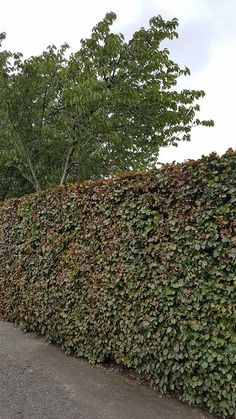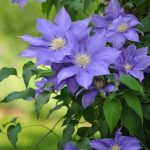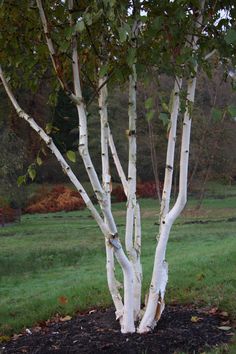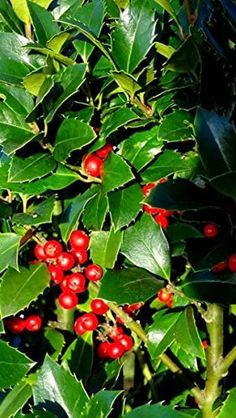Purple Beech – Fagus sylvatica purpurea (60/90cm) 2 Ltr
£5.00
Out of stock
Purple Beech (Fagus sylvatica purpurea) Plant Description:
Fagus sylvatica purpurea, commonly known as Purple Beech or Copper Beech, is a deciduous tree valued for its striking purple foliage. Here’s a detailed description of this ornamental tree:
Plant Type:
Purple Beech is a deciduous tree.
Foliage:
Leaves: Oval to elliptical leaves with a smooth margin.
Color: The most distinctive feature is the deep purple to copper-colored foliage. The leaves typically emerge a rich purple in spring, gradually darkening to a deep burgundy or copper tone in summer.
Leaf Retention: The tree retains its leaves throughout the growing season, providing long-lasting color.
Size:
Purple Beech is a large tree that can reach heights of 50 to 75 feet (15 to 23 meters) or more at maturity.
The canopy is broad and rounded, forming a majestic presence in the landscape.
Bark:
The bark is smooth and silver-gray in young trees, gradually becoming more textured with age.
Flowers:
Inconspicuous small flowers appear in spring.
Purple Beech is primarily grown for its foliage rather than its flowers.
Fruit:
Beechnuts may be produced, but they are typically small and not a prominent feature of the tree’s ornamental value.
Growth Rate:
Purple Beech is known for its slow to moderate growth rate.
Hardiness:
Hardy in USDA hardiness zones 4 to 7.
Sun Requirements:
Prefers full sun for optimal leaf coloration.
Can tolerate partial shade but may exhibit less vibrant purple hues in shadier conditions.
Soil Conditions:
Adaptable to various soil types, but well-draining soil is preferable.
Performs well in slightly acidic to neutral soil.
Moisture Needs:
Requires regular watering, especially during dry spells.
Mulching around the base helps retain soil moisture.
Uses:
Purple Beech is often used as a specimen tree in parks, large gardens, and estates.
Adds a dramatic focal point to the landscape due to its distinctive foliage.
Seasonal Interest:
The tree provides year-round interest, with vibrant purple leaves in spring and summer, turning to bronze in fall before dropping.
The winter silhouette, with smooth gray bark, adds visual appeal.
Cultural Significance:
Purple Beech is a classic ornamental tree, admired for its aesthetic qualities and used to create a bold statement in garden designs.
Pruning:
Pruning is generally minimal and is often done to maintain a desired shape or remove dead or damaged branches.
Best done in late winter or early spring before new growth emerges.
Purple Beech is prized for its elegant form and the remarkable color it adds to the landscape throughout the seasons. Whether used as a standalone specimen tree or as part of a larger planting scheme, it contributes a stately and regal presence to gardens and parks.
| Flower Colour |
TBC |
|---|---|
| Size |
2 Ltr |
| Root Type |
TBC |
| Foliage Colour |
TBC |
| Soil Type |
TBC |
Only logged in customers who have purchased this product may leave a review.







Reviews
There are no reviews yet.